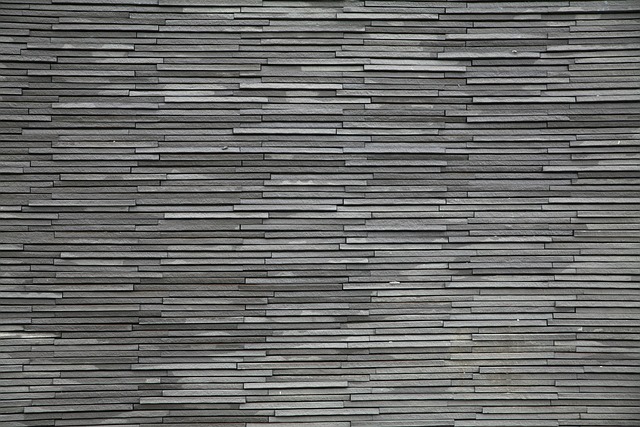Tile sealing is a crucial process for maintaining the integrity and aesthetics of tile surfaces in high-humidity environments like kitchens, bathrooms, and outdoor patios. By applying protective sealants or coatings, porous spaces are filled to prevent moisture, dirt, and stains from settling. This cost-effective solution enhances cleanliness, longevity, and visual appeal. Professional services extend the lifespan of tiles by protecting them from degradation, while different sealer types cater to specific needs based on material and intended use. The process involves meticulous cleaning, application of a primer and sealer, and drying time. Choosing the right sealer is key, with water-based options versatile for most tiles and silane/silicone sealers offering enhanced water resistance. Proper preparation and regular maintenance ensure optimal results, reducing staining risk with reapplication every 1-2 years.
Tile sealing is a vital service that protects your flooring investment. It involves applying a protective layer to ceramic or porcelain tiles, enhancing their durability and aesthetic appeal. This comprehensive guide explores the fundamentals of tile sealing, unveiling its numerous advantages. We’ll navigate through different types of sealers, walk you through the sealing process, and offer expert tips for selection and maintenance. Discover why professional tile sealing services are game-changers in any home or commercial setting, ensuring your tiles remain vibrant and protected over time.
Understanding Tile Sealing: The Basics

Tile sealing is a critical process that protects your tile surfaces from moisture, dirt, and stains. It involves applying a protective layer—typically a sealant or coating—to the tiles, filling in porous spaces to prevent contaminants from settling. This is especially important for areas like kitchens, bathrooms, and outdoor patios where tiles are exposed to high humidity, food spills, and other elements that can degrade their appearance and longevity over time.
By sealing your tiles, you create a non-porous barrier, making them easier to clean and maintain. It’s a cost-effective solution that enhances the overall aesthetic appeal of tiled spaces, ensuring they stay looking fresh and new for years to come. This process is crucial whether you’ve recently installed tiles or want to refresh an older tiled surface, providing both functional and decorative benefits.
Benefits of Professional Tile Sealing Services
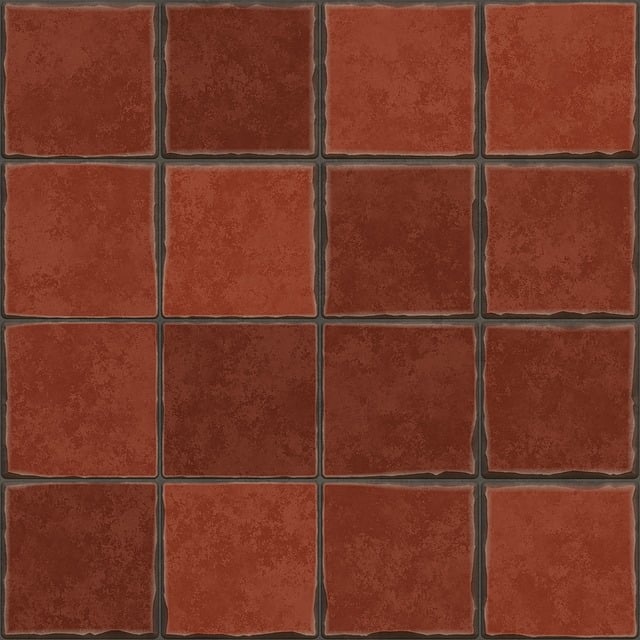
Professional tile sealing services offer a multitude of benefits that can significantly enhance the appearance and durability of your tiled surfaces. One of the primary advantages is extended lifespan; sealing protects tiles from moisture, stains, and degradation caused by environmental factors. This prevents common issues like warping, peeling, or discolouration, ensuring your tiles remain in pristine condition for years to come.
Moreover, tile sealing enhances cleanliness and hygiene. Sealed surfaces are easier to clean, as they repel dirt and liquids, making it simpler to maintain a spotless environment. This is especially beneficial in high-traffic areas like kitchens, bathrooms, or commercial spaces, where quick and effective cleaning is paramount. With professional tile sealing, you can enjoy both aesthetic appeal and practical benefits for your tiled spaces.
Types of Sealers and Their Applications
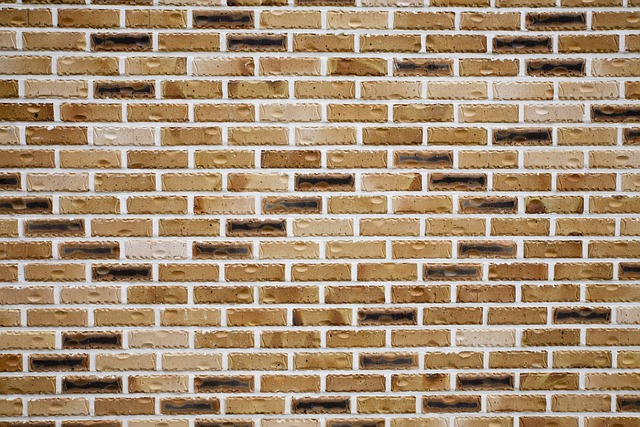
Tile sealing is a crucial step in maintaining the beauty and longevity of your tiled surfaces. The market offers various sealer types, each with distinct applications to cater to different tile needs. Silicone sealers are popular choices for bathroom and kitchen tiles due to their water resistance and flexibility. These sealers create an effective barrier against moisture, preventing tile damage and ensuring a long-lasting finish. On the other hand, urethane sealers provide superior protection for high-traffic areas like entryways and floors. They offer exceptional durability and resistance to stains, making them ideal for commercial spaces.
For natural stone tiles, such as marble or granite, specific sealers are designed to preserve their unique characteristics. These products fill microscopic pores without altering the stone’s appearance, enhancing its natural beauty. Moreover, epoxy-based sealers are excellent for creating durable, non-slip coatings on pool decks or outdoor tiles, ensuring safety and aesthetics. With so many options available, choosing the right sealer depends on factors like tile material, intended use, and desired level of protection, ensuring your tiled spaces remain in pristine condition over time.
The Tile Sealing Process: Step-by-Step Guide

The tile sealing process involves several precise steps to ensure optimal protection for your tiled surfaces. It begins with thorough cleaning to remove any dirt or debris, using specialized cleaners to prepare the tiles for sealing. After cleaning, a primer is applied to fill in any pores and create a smooth base. This step is crucial for achieving long-lasting results.
Next, the actual tile sealing takes place. A high-quality sealer is chosen based on the type of tiles and desired protection level. This sealer is then evenly distributed across the tile surface using brushes or rollers. Once applied, the sealer needs to dry completely, usually within a few hours. Finally, a top coat may be added for extra durability and to enhance the tiles’ appearance, completing the tile sealing process.
Choosing the Right Sealer for Your Tiles
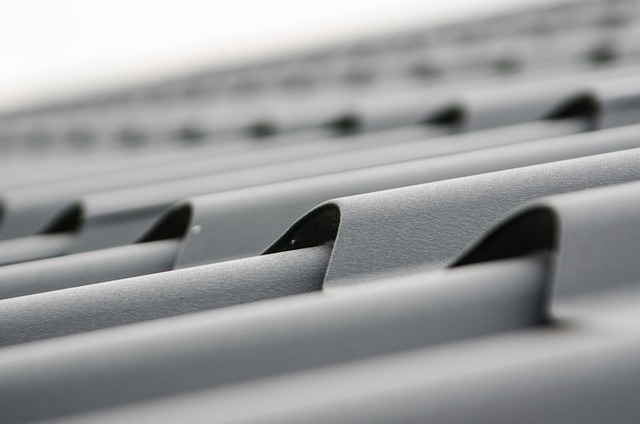
Choosing the right tile sealer is a crucial step in maintaining the beauty and longevity of your tiled surfaces. Different tiles, whether ceramic, porcelain, or natural stone, have distinct properties and requirements for sealing. The type of sealer you select should be compatible with your tile material to ensure optimal protection. Water-based sealers are versatile and suitable for most tiles, offering a transparent finish that preserves the tile’s natural look. For more textured or porous tiles, silane or silicone-based sealers provide enhanced water resistance and durability. Always consider factors like traffic volume, exposure to moisture, and desired shine level when choosing your tile sealer for the best results.
Common Mistakes to Avoid During Tile Sealing
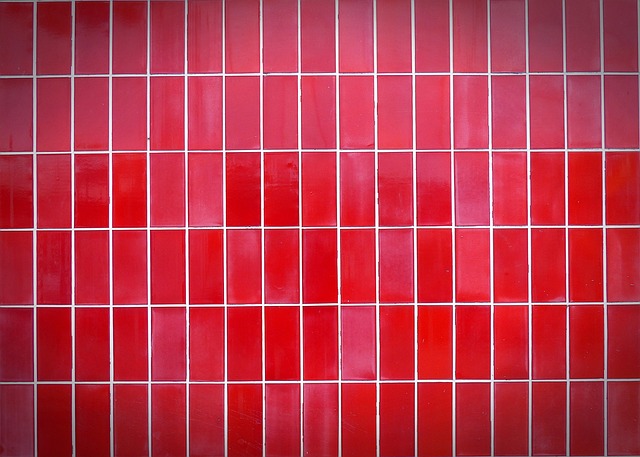
When it comes to tile sealing, there are common pitfalls that homeowners and even professionals can fall into. One major mistake is assuming that a one-size-fits-all approach will work for all tiles. Tile sealing isn’t a universal process; it varies based on the type of tile, its age, and the level of wear and tear it has seen. Using the wrong sealant or applying it incorrectly can lead to poor results, including premature fading, chipping, or peeling.
Another avoidable error is neglecting proper preparation. Before sealing, tiles must be thoroughly cleaned and dried. Any residual moisture or dirt can compromise the adhesion of the sealant, causing blisters, bubbles, or an uneven finish. Additionally, not considering factors like humidity levels and traffic flow in the area to be sealed can result in a sealant failure. Always consult with a professional to ensure you avoid these mistakes and achieve optimal tile sealing protection.
Maintenance Tips for Long-Lasting Sealed Tiles

Maintaining sealed tiles is an easy task that can significantly extend their lifespan and preserve the initial beauty of your flooring. Regular cleaning is a must; use a mild detergent and a soft-bristled brush to avoid damaging the sealer. Avoid using harsh chemicals or abrasive cleaners, as they can strip away the protective coating.
Additionally, keep an eye on any signs of wear and tear, such as chipped edges or cracked seals. Prompt repair or replacement of damaged tiles will prevent further deterioration. Sealed tiles are also less prone to staining; however, prompt attention to spills is still crucial to avoid permanent marks. Regular reapplication of sealer every 1-2 years, depending on foot traffic and environmental conditions, will ensure your tiles remain protected and looking their best.
